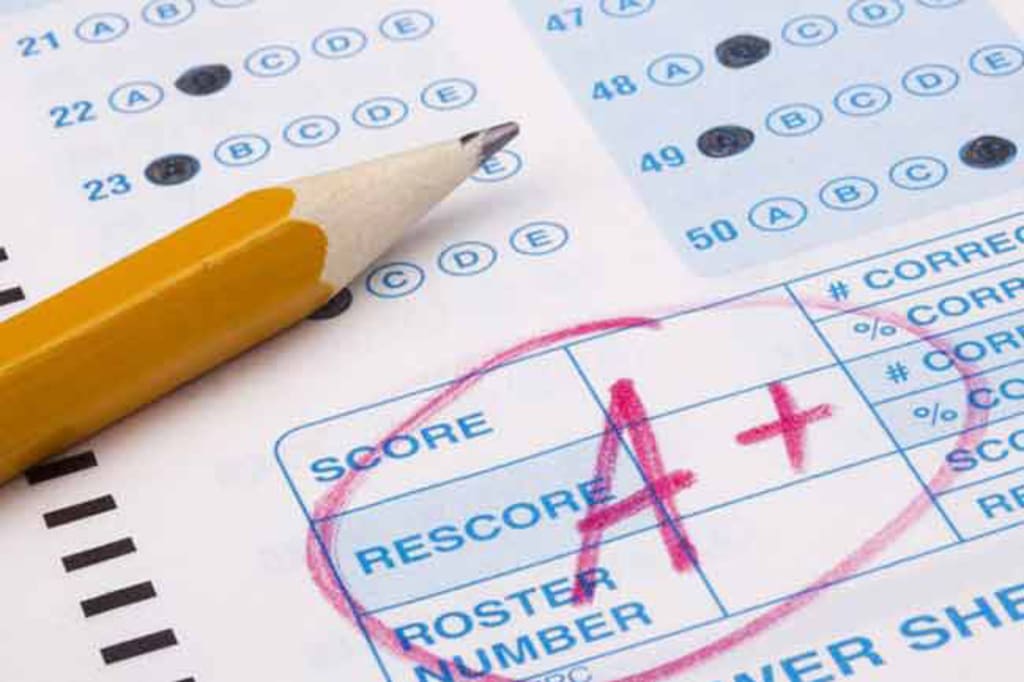
Marking norms play a crucial role in the evaluation and assessment to improve the academic performance of students. In educational settings, whether it be schools, colleges, or universities, marking norms help establish a standard framework for grading assignments, exams, and other assessments. The design and implementation of these norms require careful consideration to ensure fairness, accuracy, and consistency in evaluating students' work. Moreover, adding rubrics may provide expectations and goals for student success. Rubrics may promote. fairness, equity. and transparency in marking assessments.
Fairness in Assessment: One of the primary objectives of marking norms is to ensure fairness in the evaluation process. Fairness implies that all students are treated impartially, without any bias or discrimination. To achieve this, marking norms should be transparent, clearly communicated to both students and teachers and applied consistently across all assessments. Fairness also involves considering diverse learning styles, backgrounds, and abilities, ensuring that the assessment process accommodates the varied strengths of students.
Consistency and Reliability: Marking norms contribute to the consistency and reliability of assessments. Consistency refers to the uniform application of grading criteria across different evaluators and assessments. When multiple educators are involved in marking, well-defined norms help align their judgments, minimizing discrepancies in evaluation. Reliability ensures that the assessment accurately measures what it intends to measure. Clear marking norms help in establishing a reliable grading system, allowing for dependable comparisons of students' performance over time.
Alignment with Learning Objectives: Marking norms should align with the learning objectives of the curriculum. These objectives outline the skills and knowledge that students are expected to acquire. A well-designed marking scheme reflects these objectives, guiding educators to assess whether students have met the intended learning outcomes. Alignment ensures that assessments are purposeful and contribute to the overall educational goals, providing meaningful feedback to both students and educators.
Flexibility and Adaptability: While marking norms provide a standardized approach to assessment, they should also allow for flexibility and adaptability. Educational contexts are dynamic, and learning environments can vary. Marking norms should be responsive to changes in curriculum, teaching methods, and the evolving needs of students. Flexibility ensures that the assessment process remains relevant and effective in diverse educational settings.
Timeliness and Constructive Feedback: Marking norms influence the timeliness of feedback provided to students. A well-structured marking system facilitates efficient grading, enabling educators to return assessments promptly. Timely feedback is essential for students to understand their strengths and weaknesses, fostering a continuous learning process. Moreover, constructive feedback, incorporated into marking norms,
promotes a developmental approach to assessment, encouraging students to learn from their mistakes and make improvements.
Challenges and Considerations: Despite the importance of marking norms, challenges can arise in their implementation. Ensuring uniformity in interpretation among different educators, addressing subjectivity in certain assessments, and balancing qualitative and quantitative aspects of evaluation are common challenges. Continuous professional development for educators, periodic reviews of marking norms, and soliciting student input can help address these challenges and enhance the effectiveness of the assessment process.
In conclusion, marking norms serve as the backbone of fair, consistent, and reliable assessment in education. Their design and implementation require a delicate balance between standardization and adaptability, aligning with learning objectives while accommodating the diverse needs of students. By upholding fairness, consistency, and relevance, marking norms contribute to a robust educational evaluation system that not only measures students' achievements but also supports their ongoing learning journey. Educators, institutions, and policymakers must collaboratively engage in refining and evolving marking norms to meet the ever-changing landscape of education. The evaluation/assessment system has many inconsistencies. Addressing these issues will necessitate a multifaceted and collaborative effort involving teachers, policymakers, parents, and other stakeholders. Regular assessments, professional development for educators, and the incorporation of modern pedagogical approaches can all help to overcome these obstacles.
About the Creator
Miss Shamim Akhtar
I am a humble teacher, language specialist, and mentor dedicated to fostering growth through knowledge sharing. Let's explore the world of knowledge together in pursuit of excellence and professional development. #EducateInspireGrow






Comments (1)
Worth reading article.